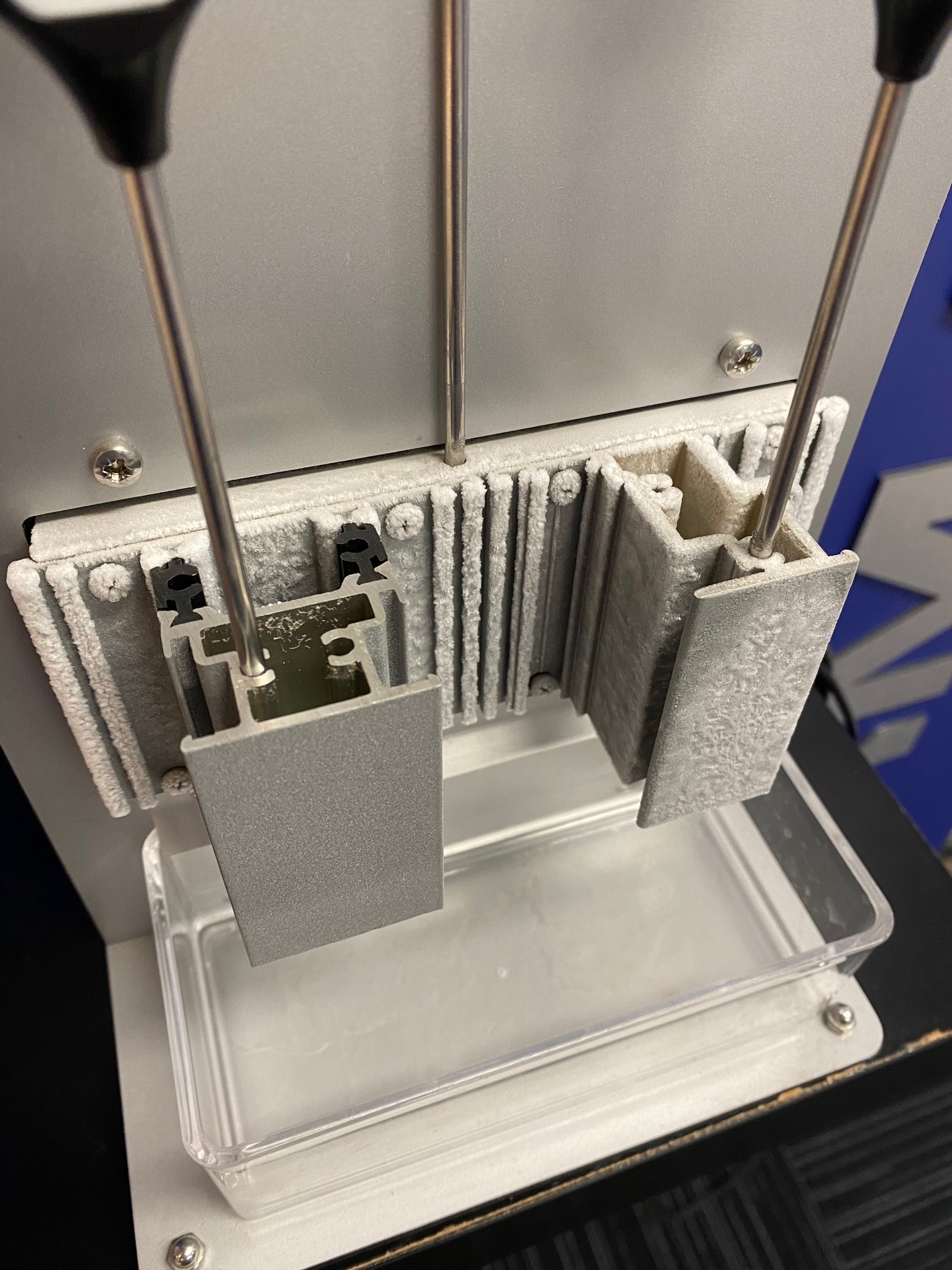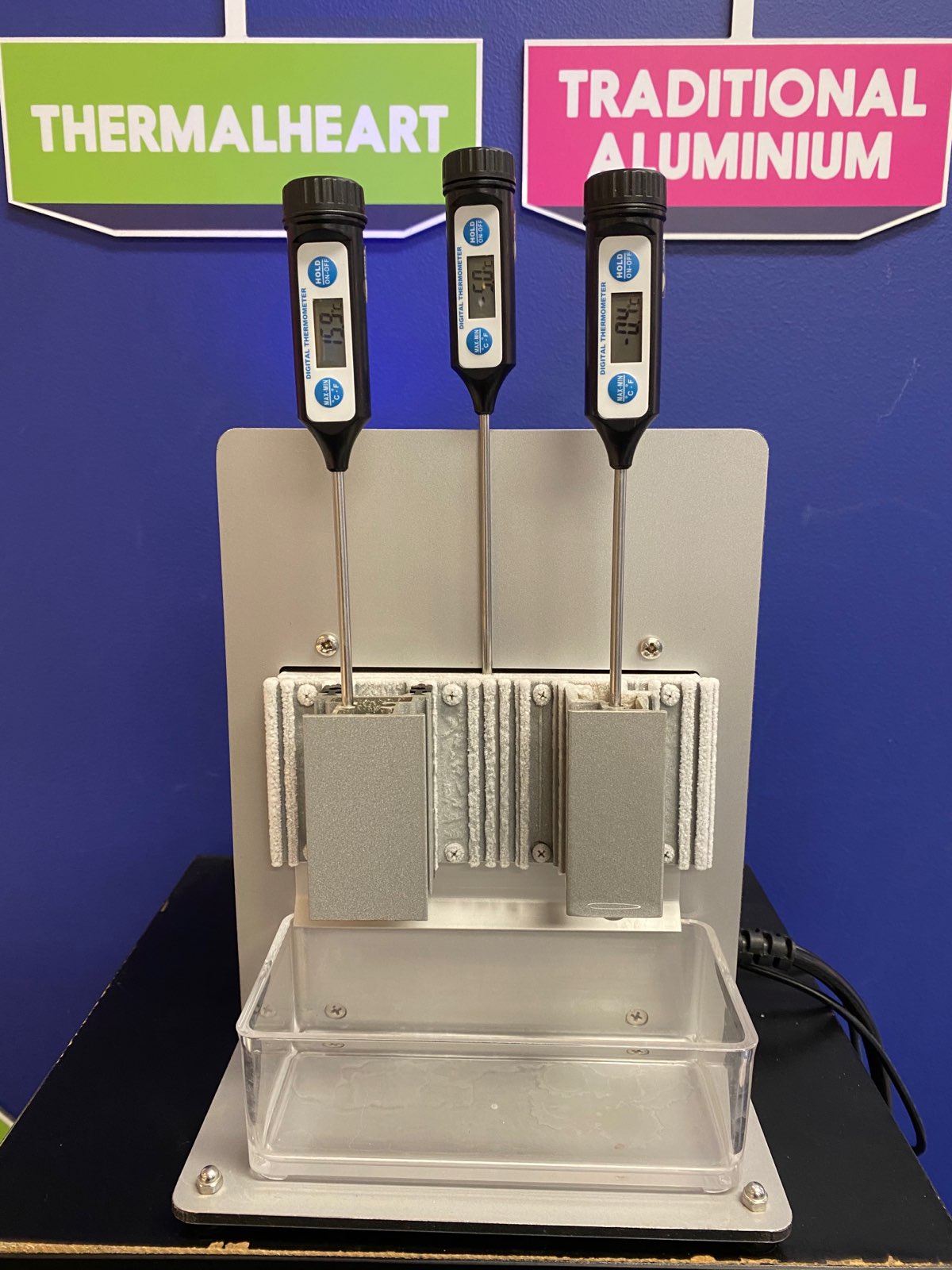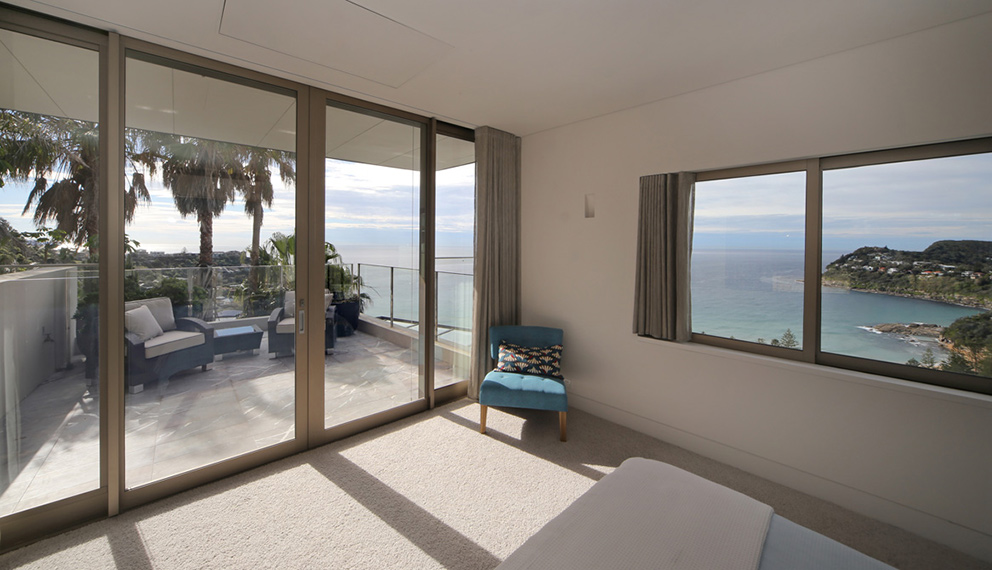How do thermally broken window frames work with double glazing?
The double glazing units you choose for your windows is only half of the story – with our window fabricator partners you can select thermally broken frames to super charge your window performance in conjunction with Viridian double glazing.
Window systems are an essential part of creating natural light in the home. However, keep in mind that a window is an opening in the wall, a disruption to your insulation. So, when choosing window frames and glass, it’s important to make sure you seal these openings effectively by using high performance frames and double glazing to maintain optimal insulation and light for year round comfort.
Standard aluminium frames can be enhanced by using double glazed units, but you will still encounter reduced performance due to aluminium being a conductor of heat and cold. This means you may experience a colder or warmer room temperature in extreme seasonal months as the temperature outside is transferring inside at a faster rate.
To slow the effects of temperature transfer, you can select a thermally broken window frame. These frames contain a reinforced polyamide strip, a specially formulated rubber, creating a high performance barrier which slows the rate of conduction between the window opening and the inside of the home.
By adding double glazing like LightBridge next™, you are really slowing the rate of conduction, as you have created a well-sealed window with heavily reduced air leakage. Sealing off these openings in the home ensure your walls remain well insulated without compromising your dream size window!
According to Architectural Window Systems (AWS) Australia, their ThermalHEART window frame is 33% more efficient than a standard double glazed aluminium framed window.
Below is a cross section for comparison between ThermalHEART (left) and a standard aluminium window frame (right). The aluminium frame to the right has frost demonstrating the cold temperature transfer. Imagine this cold transferring straight inside your home! (Photo courtesy of Taberners).

This image is of a similar cross section using thermometers to show the varying temperatures live. The thermometer in the middle, is fixed to the rear of the display, replicating a very cold temperature outside (-5 C). The front right thermometer demonstrates how the temperature of the aluminium frame reacts, recording a temperature of -4 degrees Celsius, not making much of a difference at all.
Looking at the ThermalHEART thermometer on the left, you can see it records a temperature of 15.9 degrees Celsius, this shows how the thermally broken frame has effectively insulated the inside from the outside temperature. (Photo courtesy of AWS Australia).

